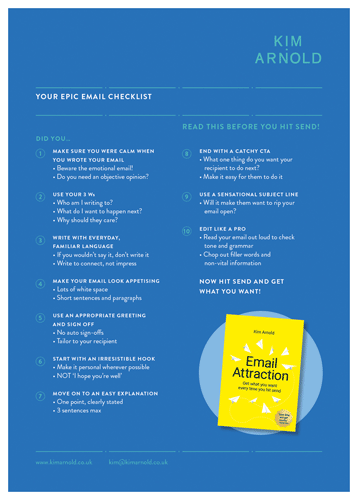How many decisions do you make in a day?
From ‘What shall I wear today?’ and ‘What shall I have for breakfast?’ to ‘For the love of god, how can I make my colleague stop talking?’ and ‘Do I really need that second Krispy Kreme?’, it’s a lot.
In fact, studies estimate we make around 35,000 decisions daily.
Decision fatigue is real.
And fatigue affects how we make decisions too.
Jonathan Lavav, a professor of marketing at Stanford Graduate School of Business, conducted a fascinating piece of research. He studied prisoners in a US jail who were eligible for parole.
Each prisoner had to stand in front of the judge and plead their case. Then the judge would decide whether or not to grant them parole.
What they found was that prisoners who were seen first had a 60% chance of parole.
However, this percentage gradually dropped as the day went on and the judge had to make more and more parole decisions.
But if the judge had a break, the parole chances would jump up again.
What they deduced from this research was that decision-making is cumulative – each one impacts the next.
When our brains tire over time, we look for the simplest decisions we can make.
In this instance, when the judge was tired, he took the easiest route of just keeping the prisoner in jail.
Breaks however gave him ‘mental replenishment’, as Lavav calls it, allowing him to again make more complex decisions.
So why am I sharing this with you?
Well, we need to think about the impact of constantly asking others to make decisions.
Clients often proudly tell me they only send emails with ‘ACTION REQUIRED!’ or ‘URGENT DECISION NEEDED’ in bold in the subject line.
But too many of these will exhaust your reader and may not lead them to give you the decision you want.
They may just take the decision that feels the simplest or easiest in that moment – and often that’s ‘no’.
So, think about how to give your reader a break.
Suggest a quick phone call instead of an email.
Ask yourself if it can wait a day or two to give them breathing space
Maybe bring the issue up in a meeting instead, where you can present helpful supporting information.
You might then get the ‘yes’ you need.


